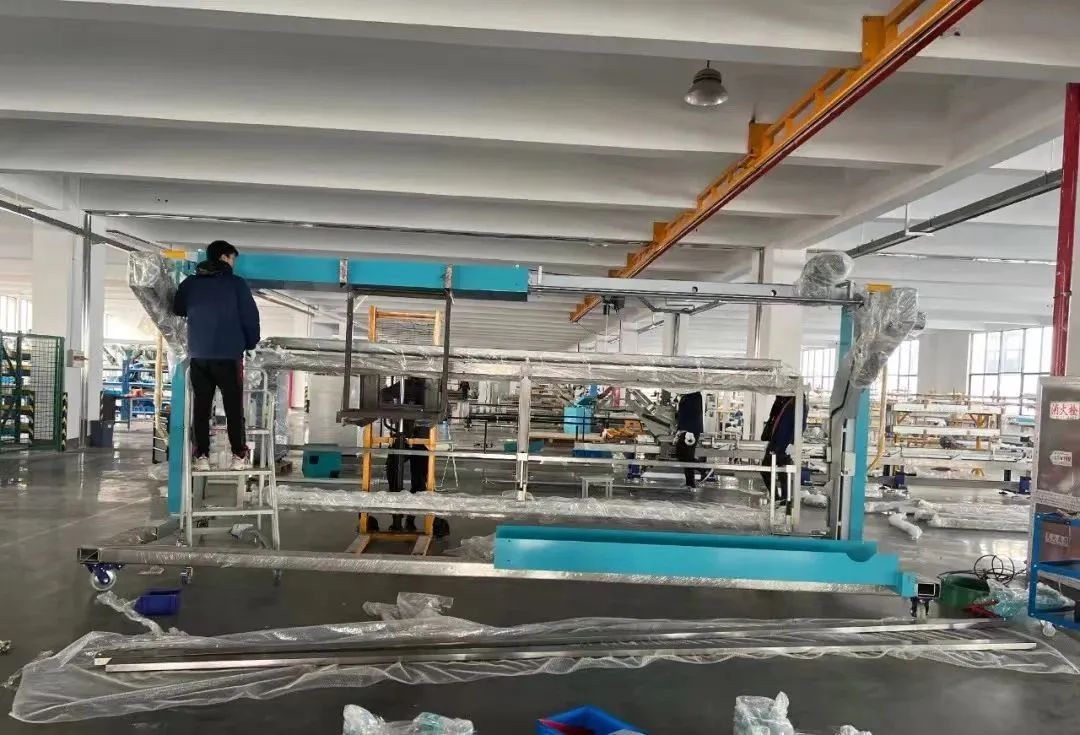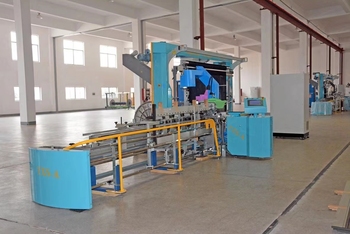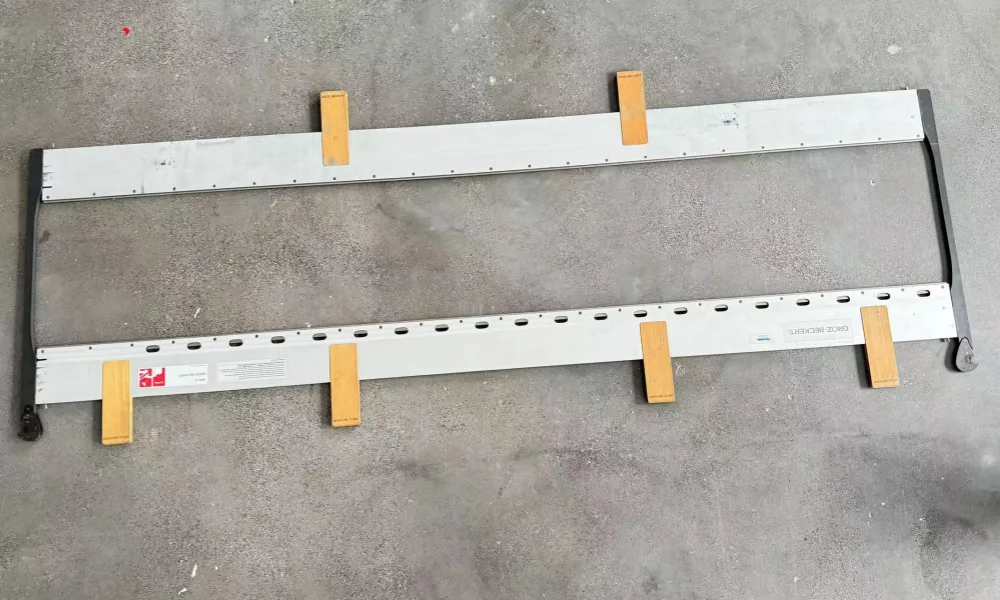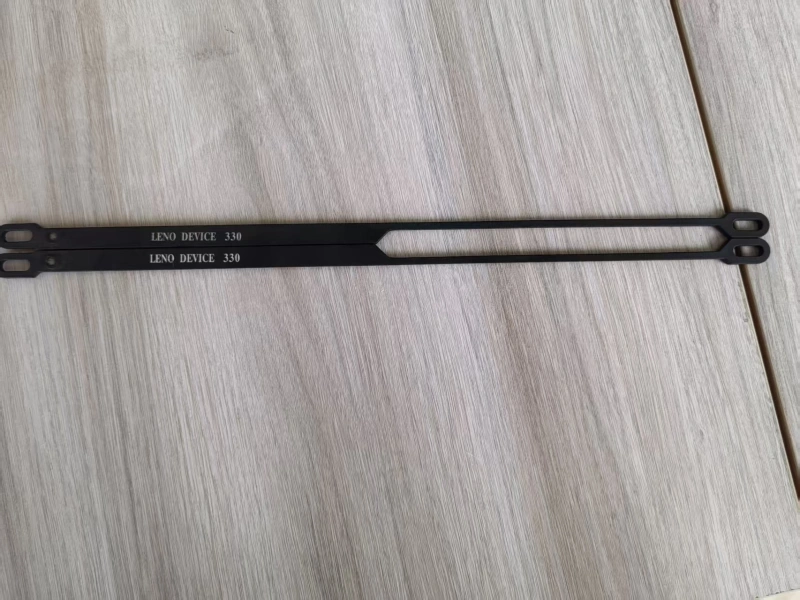How is the textile industry doing this year?
2024-04-12
The situation of the textile industry in 2024 will be affected by a variety of factors, including the global economic situation, consumer demand, technological progress, environmental protection regulations, and structural adjustments within the industry. Here is a detailed analysis of these factors:
Global economic situation:
If the global economy maintains steady growth in 2024, the textile industry is expected to benefit from it. Economic growth is usually accompanied by increased consumer confidence and purchasing power, which will stimulate demand for textiles. Conversely, if the global economy experiences a recession or growth slows, the textile industry may face the risk of lower demand.
Consumer demand:
Consumer demand for textile products is a key factor driving the development of the industry. As consumers' demands for quality, comfort and sustainability continue to increase, textile companies need to continuously innovate and improve products to meet market demand. In addition, consumers' attitudes towards fast fashion are also changing, with more and more people tending to purchase durable and environmentally friendly clothing, which may prompt textile companies to adjust product lines and production methods.
Skill improved:
The application of technological progress in the textile industry will have a profound impact on the industry. The development of automated and intelligent production technologies will improve production efficiency and reduce costs, and may also change the labor structure. The rise of digitalization and e-commerce has provided textile companies with new sales channels and marketing strategies, but it has also brought challenges to network security and data protection.
Environmental regulations:
As global attention to environmental protection issues continues to increase, governments around the world may introduce more stringent environmental regulations, requiring textile companies to reduce pollution emissions and use environmentally friendly materials and production processes. This will force companies to invest in environmentally friendly technologies and equipment and make production more sustainable. At the same time, this may also increase the operating costs of the company.
Structural adjustment within the industry: As the market changes and competition intensifies, structural adjustment may occur within the textile industry. Some companies may optimize resource allocation through mergers and acquisitions, reorganization, or exit from the market. At the same time, new growth opportunities may emerge in emerging markets and segments, attracting companies to enter.
To sum up, the situation of the textile industry in 2024 will be affected by a variety of factors. Companies need to pay close attention to market dynamics and policy changes, and flexibly adjust strategies to adapt to market changes and seize development opportunities. At the same time, enterprises also need to focus on technological innovation and sustainable development to improve their core competitiveness.




